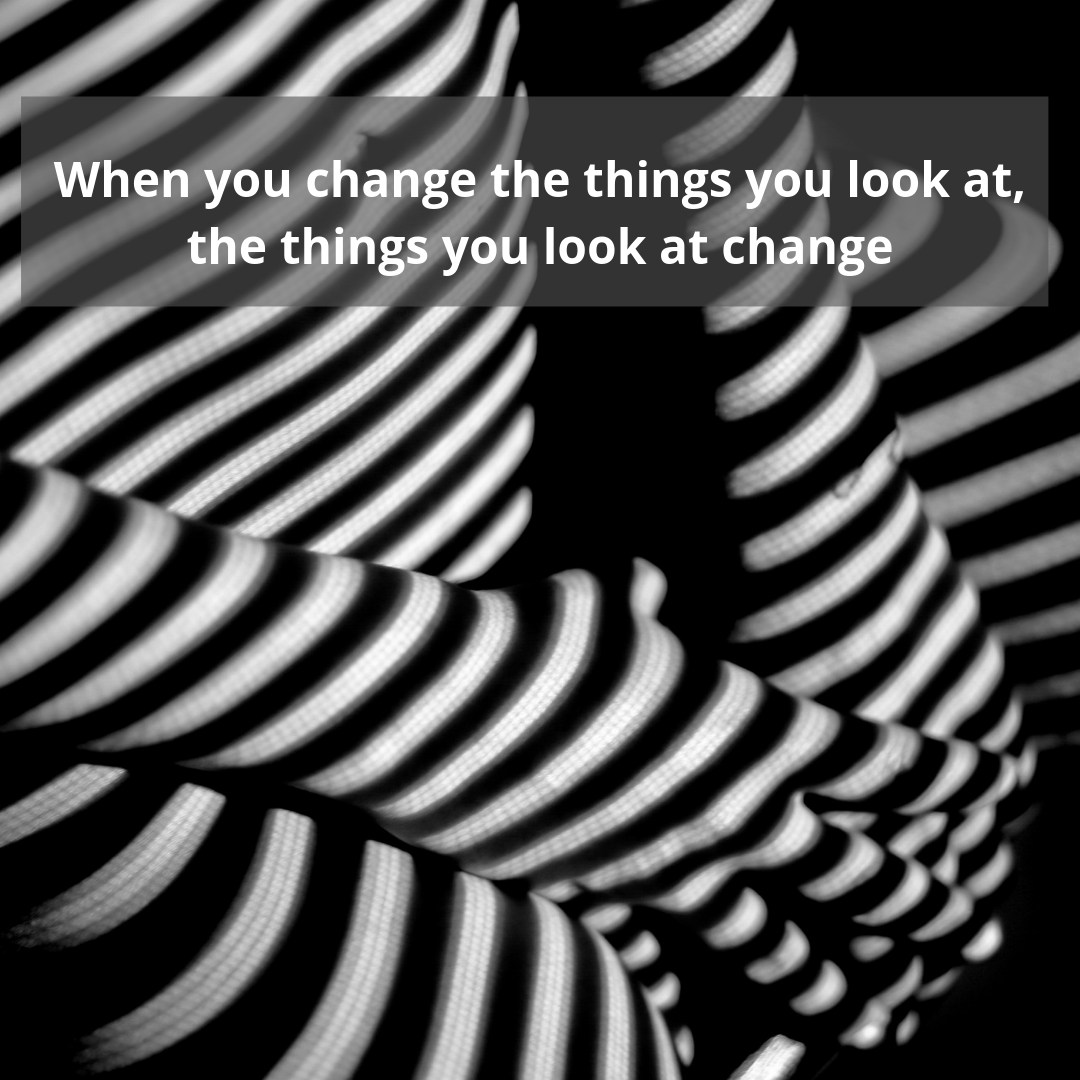Hydration, why it’s never too late to re-hydrate. Your body is approximately 70% water, we are the most amazing pieces of organic engineering, creating power, strength, resilience and sustainability out of water.
Your brain and heart are approximately 73% water and your lungs are about 83% water.
If your car or your mobile phone ran on water you’d make sure they were fully recharged every day, to ensure you have all the power and functionality you need, yet we still find it difficult to drink enough water to stay hydrated and function well.

Water is fundamental to our survival, not liquid, just water.
As soon as you add anything to water it becomes a food, then it must pass thorough the whole of your digestive system before the water can be extracted.
Think of it like legos. A cup of coffee is constructed from some water bricks, some coffee bricks, some milk bricks and some sugar bricks all bonded together. The blocks can be broken apart again but that department is in your small intestine. So all the tissues that make up the oesophagus, stomach and duodenum don’t get any direct hydration from the liquid you drink, they have to wait a few hours and hope they get some from the water that is absorbed through the lining of the small intestine, and into the blood stream. They have to join the queue only, now, they are at the other end.

Meanwhile your body is performing at much less than optimum, because everything that your body does uses water. There is not one single bodily function that does not rely on hydration.
Think about that for a moment. Every thought, action and breath. Literally every thing your body does relies on water.
Signs of dehydration include
Fatigue, weight gain, reduced mobility, aches and pains, headaches, inability to concentrate, fuzzy head (like a hangover), irritability, dry skin, chapped lips, wrinkles, flaky skin, halitosis, poor urination, urinary tract infections, constipation, acid reflux, indigestion, changes in blood pressure, nausea, dizziness, increased resting heart rate, poor memory, slower response times, reduced dexterity, depression, anxiety, tension, mood swings, confusion…… and the list goes on.
Understanding the bodies need for water and the impact that can have on our system it’s time to get real.
How much clear, pure water do you drink, every day, and how much do you need?
Using a baseline of average adult (I know you’re not average, I know you’re amazing) but let’s use average as a starting point.
The average adult needs about 4 pints of water a day.
This adult is having a fairly decent time of things, no stress, no caffeine, no bugs to fight off, sleeping and eating well and taking moderate exercise.
So if you have stress, stimulants, illness or take more exercise you will need more water to keep you hydrated. How much is difficult to say but there are rules of thumb that we can use to help
- For every cup of coffee drink twice as much water again – for 250 ml coffee drink 500 ml extra water
- In times of stress drink more water, stress is very dehydrating. Drinking more water reduces the anxieties around stress and also helps the body recover more quickly from the effects.
- Working out – drink more water. Yes, you’re sweating but did you know that water is responsible for the elasticity in muscles? If you’re really interested in building resilience into your workout – drink more water.
- Feeling ill, recovering from a bug or laid up with something – drink more water. If the bug creates mucus, your body is using water to make that. If your body is fighting something off, your immune system uses water to make and distribute the anti-bodies to the internal battlefield, and to clear away the debris to keep your system clear.
As you run through the calculations you may begin to wonder how you’re going to have time to drink all that water, here’s the pay-off.
The better hydrated you are the better your system functions.
- Stress reduces so extra water intake can too, drinking more water means you are naturally drinking less coffee because there are only so many hours in a day, right?
- This reduces stress (again) so you will need less water.
- Your sleep improves so, yes, you guessed it, you’re less stressed and so you need less water.
- Your immune system functions better so you get less bugs so you need less water to be well hydrated.
- You lose weight so your body requires less water to move you about.
In a fairly short period of time you reach that sweet spot of balanced hydration, where 4 pints of water a day is enough to keep you hydrated and you are more responsive to your bodies need for extra water as/when required.
It’d never too late to rehydrate and experience the benefits that decent hydration has on your physical, emotional and biochemical systems.
So, what are your waiting for?
Hydrate, sleep well, live better
Claire Cutler-Casey is a professional Kinesiology Practitioner and Touch For Health instructor as well as delivering a variety of business and well-being workshops designed to help you navigate the process of change.
If you would like to book a 1:1 Kinesiology session, please click here.
You can also join our online community here.






